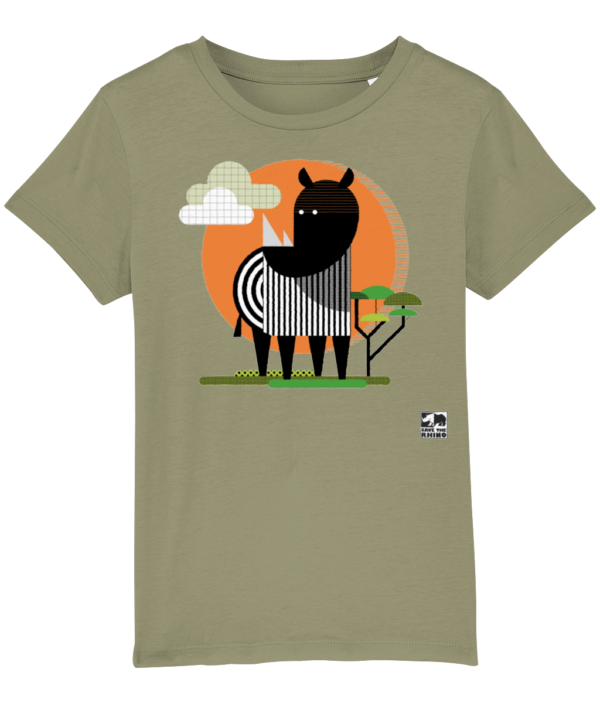


While range and consumer countries most affected by illegal trade remained the same as in previous reports, the lack of consistent reporting by some countries still limits the ability to better understand patterns of illegal trade in rhino horns. However, in 2019, before the COVID-19 outbreak, the reported seized weight of illegal rhino specimens reached its highest point of the decade, perhaps due to increased regulations and law enforcement efforts. However, these numbers are still significantly lower than during the peak in 2015, when South Africa alone lost 1,175 rhinos to poaching.Īlongside the decline in poaching, data analysed for range and consumer states suggests that, on average, between 575 and 923 African rhino horns entered illegal trade markets each year between 20, compared to approximately 2,378 per year between 20. However, as COVID-19 travel restrictions lifted, some range states reported new increases in poaching activities – for example, South Africa reported 451 and Kenya six poached rhinos in 2021. South Africa lost 394 rhinos to poaching in 2020, while Kenya recorded no rhino poaching that year.

Overall, Africa’s rhino population declined around 1.6% per year, from an estimated 23,562 individuals in 2018 to 22,137 at the end of 2021.Īccording to the report, global lockdowns and restrictions due to the COVID-19 pandemic saw several African countries experience dramatically reduced poaching rates in 2020 compared to previous years. As a result, overall white rhino numbers on the continent have declined by almost 12% (from 18,067 to 15,942 individuals) during this period, while populations of black rhino increased by just over 12% (from 5,495 to 6,195 individuals). South Africa accounted for 90% of all reported cases, predominantly affecting white rhinos in Kruger National Park, home to the world’s largest white rhino population. At least 2,707 rhinos were poached across Africa between 20, accounting for both the white rhino (Ceratotherium simum), which is Near Threatened on the IUCN Red List of Threatened Species™, and the rarer Critically Endangered black rhino (Diceros bicornis). The report finds that rhino poaching rates in Africa have continued to decline from a peak of 5.3% of the total population in 2015 to 2.3% in 2021. “To support the growth of rhino numbers, it is essential to continue active population management and anti-poaching activities for all subspecies across different range states.” Oxpeckers sit upon a black rhino at the Lewa Wildlife Conservancy, Kenya. “The overall decline in poaching of rhinos is encouraging, yet this remains an acute threat to the survival of these iconic animals,” said Sam Ferreira, Scientific Officer with the IUCN SSC African Rhino Specialist Group.


 0 kommentar(er)
0 kommentar(er)
